lake titicaca, peru
The birthplace of the Sun
The highest navigable lake in the world, Lake Titicaca is the cradle of Peru's ancient civilizations. This endless, deep, sacred lake, surrounded by the high snowcapped peaks of the Andes, holds a special place in the Inca mythology: it was here, from the islands at the centre of the lake, that Viracocha, the god creator, made the sun, moon and stars. Being one of the most sacred sites for the Incas, the lake is scattered with ancient ruins, and its islands are a longtime home of highland cultures rooted in enduring traditions kept alive for centuries.
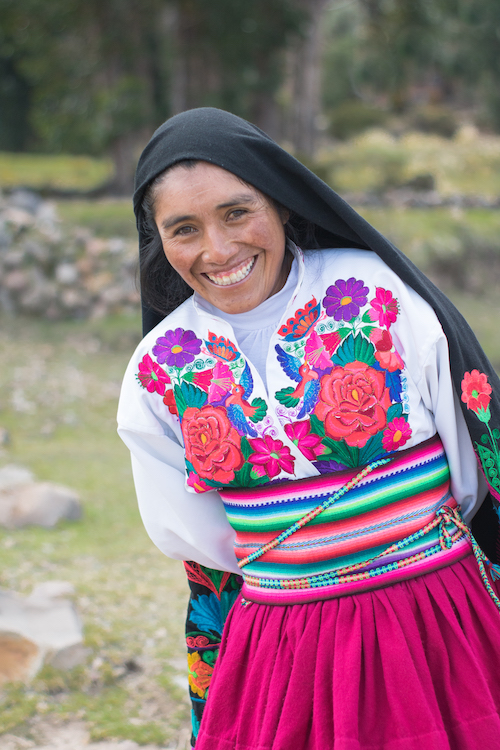
taquile
The island of Taquile is renowned for its fine handwoven textiles and, which are regarded as among the highest-quality handicrafts in Peru. Fine knitting is exclusively performed by males, beginning in early boyhood, and it plays an important role in social status, courting, and marriage. For instance, in order to get married, men have to be able to knit a hat so tight that it won't drain water. Taquile offers an authentic journey to the past: tourists are hosted by local families and have the opportunity to share their ways of life and see their splendid textiles.
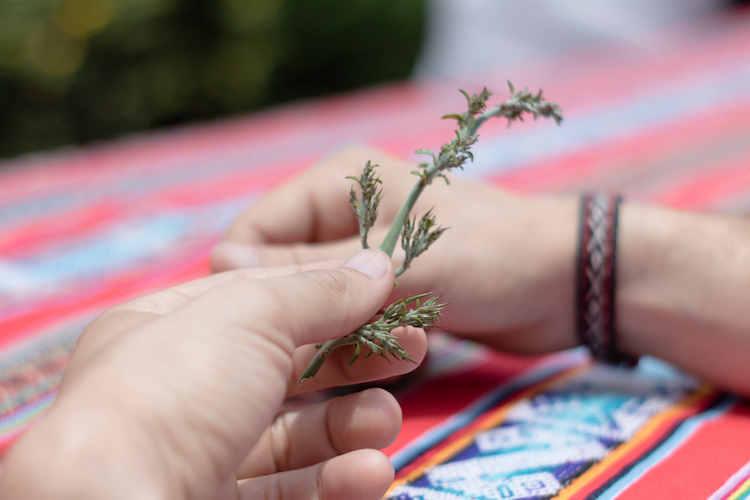
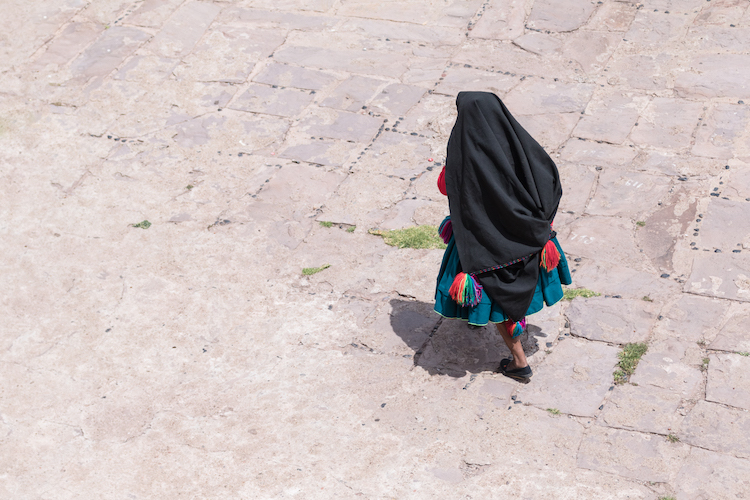
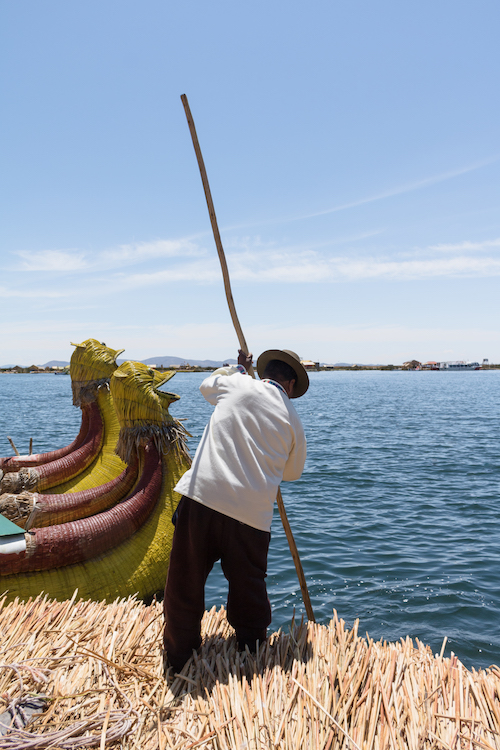
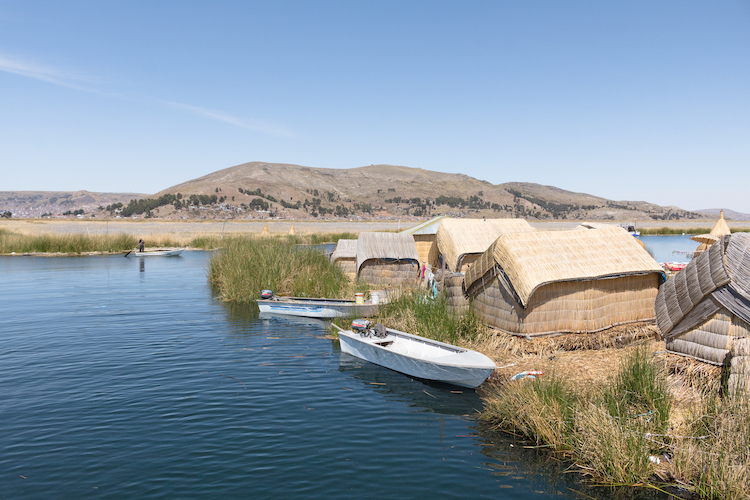
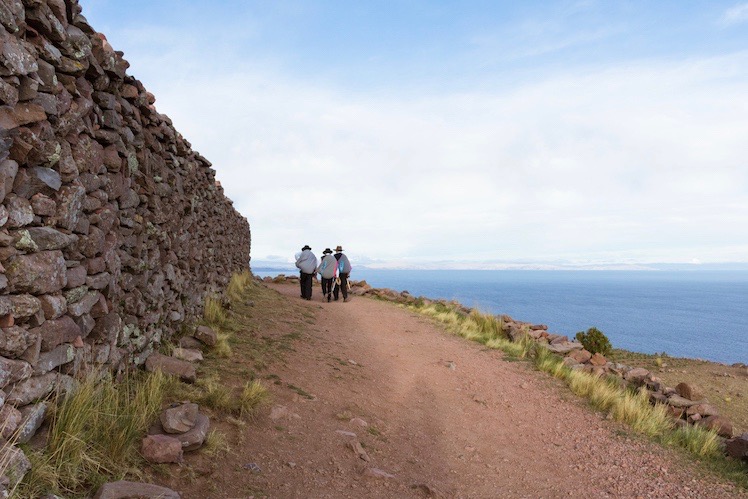
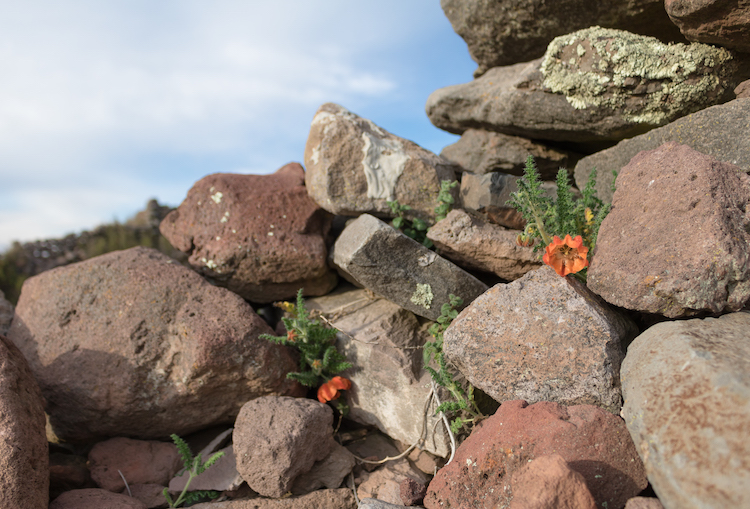
amantani
The island of Amantani is populated by around eight hundred Quechua families, who still live a rural life growing quinoa and potatoes on the terraced hillsides of the island. On arrival to Amantani, tourists are allocated to local families that will host them for the night. The community lodging works on a rotation system so that each of the ten communities on the island receive tourists only once a month, keeping a good balance between tourism and daily life. We were welcomed by Vicky's beautiful smile, she seemed happy to get to know new people and she kept asking about our lives in a world that looks extremely far from hers.
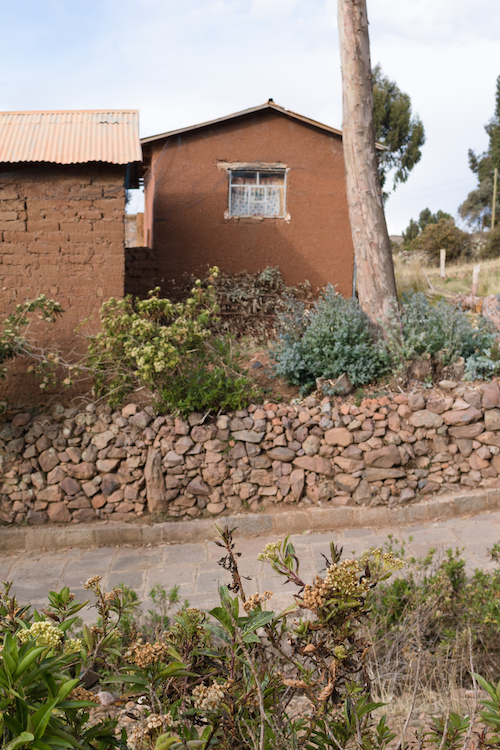
uros
The Uros people have been living on Lake Titicaca for hundreds of years. Following the Inca expansion, they sought refuge in the lake and took up residence on self-fashioned floating islands made of Tortora reed. This unique lifestyle has recently turned the Uros Islands into one of the most visited tourist attractions in Peru, and this has inevitably impacted local people’s lives. As a tourist, it’s surely interesting to see the peculiar conformation of the islands but the feeling is bittersweet, as you know that you are inevitably contributing to the disappearance of the local traditions.
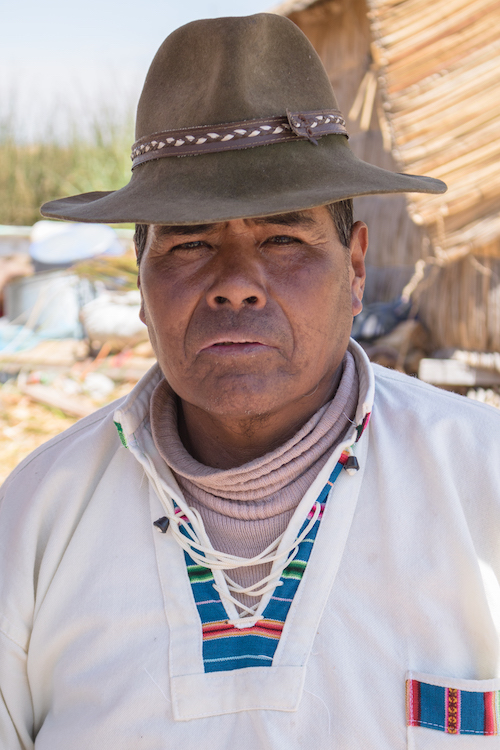
The highest navigable lake in the world, Lake Titicaca is the cradle of Peru's ancient civilizations. This endless, deep, sacred lake, surrounded by the high snowcapped peaks of the Andes, holds a special place in the Inca mythology: it was here, from the islands at the centre of the lake, that Viracocha, the god creator, made the sun, moon and stars. Being one of the most sacred sites for the Incas, the lake is scattered with ancient ruins, and its islands are a longtime home of highland cultures rooted in enduring traditions kept alive for centuries.


amantani
The island of Amantani is populated by around eight hundred Quechua families, who still live a rural life growing quinoa and potatoes on the terraced hillsides of the island. On arrival to Amantani, tourists are allocated to local families that will host them for the night. The community lodging works on a rotation system so that each of the ten communities on the island receive tourists only once a month, keeping a good balance between tourism and daily life. We were welcomed by Vicky's beautiful smile, she seemed happy to get to know new people and she kept asking about our lives in a world that looks extremely far from hers.

taquile
The island of Taquile is renowned for its fine handwoven textiles and, which are regarded as among the highest-quality handicrafts in Peru. Fine knitting is exclusively performed by males, beginning in early boyhood, and it plays an important role in social status, courting, and marriage. For instance, in order to get married, men have to be able to knit a hat so tight that it won't drain water. Taquile offers an authentic journey to the past: tourists are hosted by local families and have the opportunity to share their ways of life and see their splendid textiles.


uros
The Uros people have been living on Lake Titicaca for hundreds of years. Following the Inca expansion, they sought refuge in the lake and took up residence on self-fashioned floating islands made of Tortora reed. This unique lifestyle has recently turned the Uros Islands into one of the most visited tourist attractions in Peru, and this has inevitably impacted local people’s lives. As a tourist, it’s surely interesting to see the peculiar conformation of the islands but the feeling is bittersweet, as you know that you are inevitably contributing to the disappearance of the local traditions.


